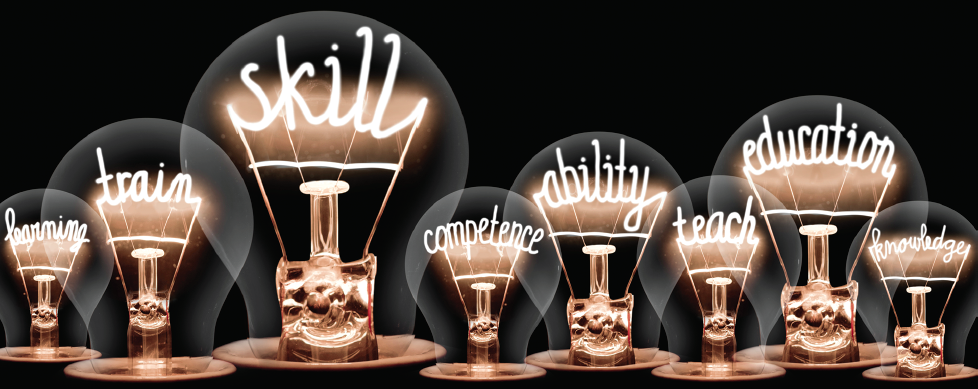 This article was originally featured in the March/April issue of Delaware Business Magazine.
This article was originally featured in the March/April issue of Delaware Business Magazine.
Written by Ron Painter, President & CEO of the National Association of Workforce Boards.
ACROSS THE U.S. and around the world, the nature of work is changing. Technological developments, globalization, automation, and the advancement of artificial intelligence (AI) have resulted in the growing skills gap, that is the misalignment between the jobs available in a community and the skills of the local workforce.
Despite record-low unemployment numbers, millions of American jobs are going unfilled. The problem is not only, as you might think, a lack of workers in the STEM field or those with highly advanced technological skills. Delaware, for example, faces a scarcity of workers in blue-collar fields like construction and autowork.
In a recent study, Economist Issi Romem found that Delaware is among the states with the biggest construction labor shortages. Moreover, there are many high quality middle-skill jobs such as these—those that require more than a high school education, but less than a 4 year college degree—and yet many of them fly under young peoples’ radars when they are preparing to enter the workforce.
Fortunately, that is where Workforce Development Boards come in. A Workforce Development Board (WDB) is a group of community leaders from business, education and government, that use data to direct local, state and federal funding to workforce development programs. They work with local employers to understand the current skill-demand and then develop training programs to match job seekers with those employers.
WDBs oversee American Job Centers, where job seekers can find out about career development training opportunities in their area and connect with skill development programs. WDBs focus on developing innovative strategies to ensure that job training programs meet the needs of local employers.
As the CEO of the National Association of Workforce Boards (NAWB), the member organization of nearly 550 workforce boards, I traveled across the US last summer on NAWB’s Workforce: Ahead tour to hear directly from their members and learn about these innovative practices. So what have they been doing?
One example comes from the San Diego Workforce Partnership, which has an exciting initiative utilizing technology to help close the youth unemployment gap in the San Diego area. They created an online career portal for San Diego-area youth age 16 to 24 that provides guided job search support and access to a database of prescreened, quality job opportunities. The career portal allows users to virtually tap into peer support, professional training and job leads.
The San Diego Workforce Partnership collaborates with local governments, like the City of San Diego, and private companies to coordinate unique paid training and internship opportunities that allow young job seekers with little work experience to jump start their careers.
This sort of collaboration is the perfect example of the hard work that dedicated stakeholders within the workforce development system put forth each and every day to ensure that communities across America—from San Diego to Dover—are equipped with highly-skilled workforce to compete in a global economy.
